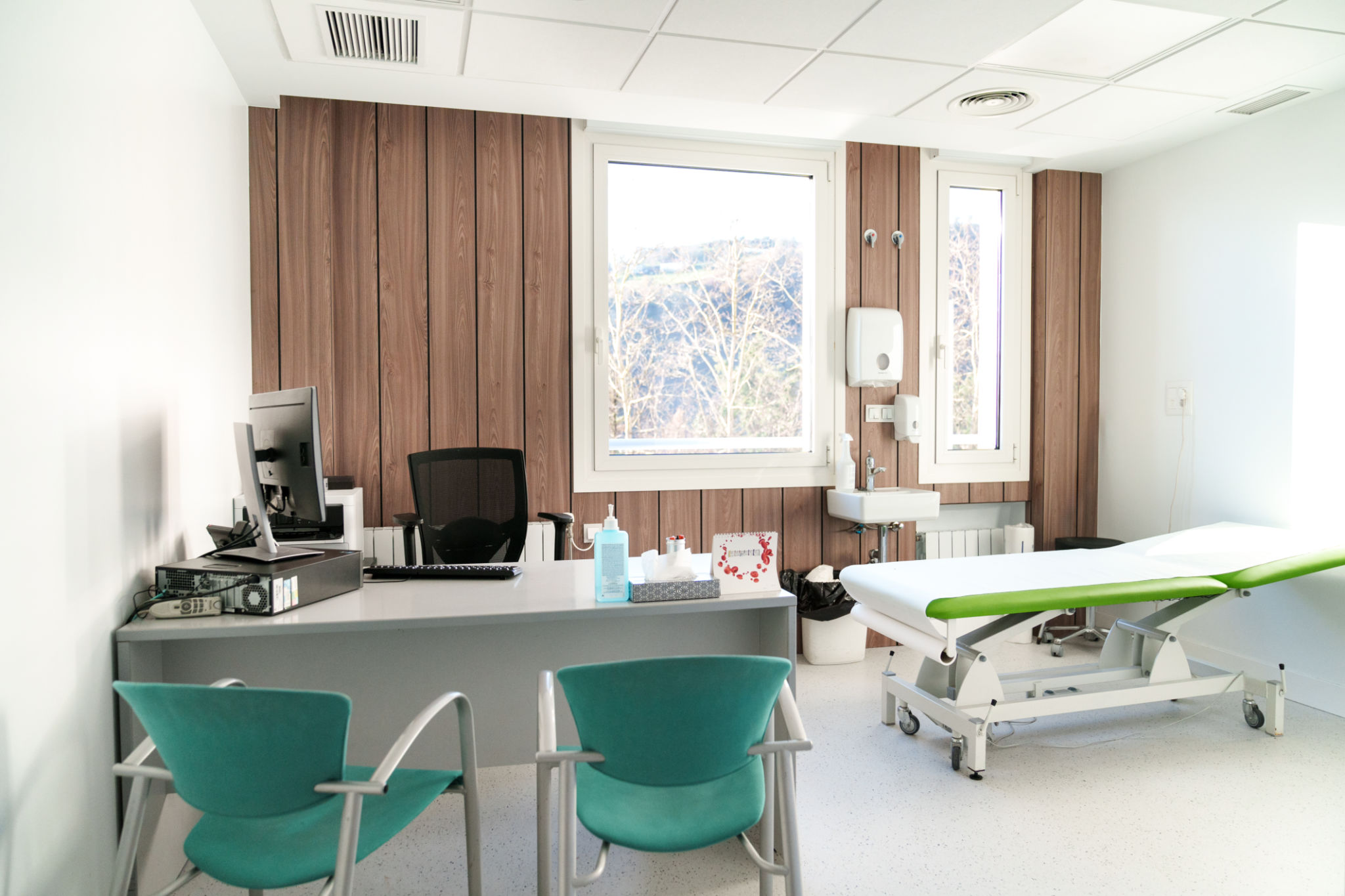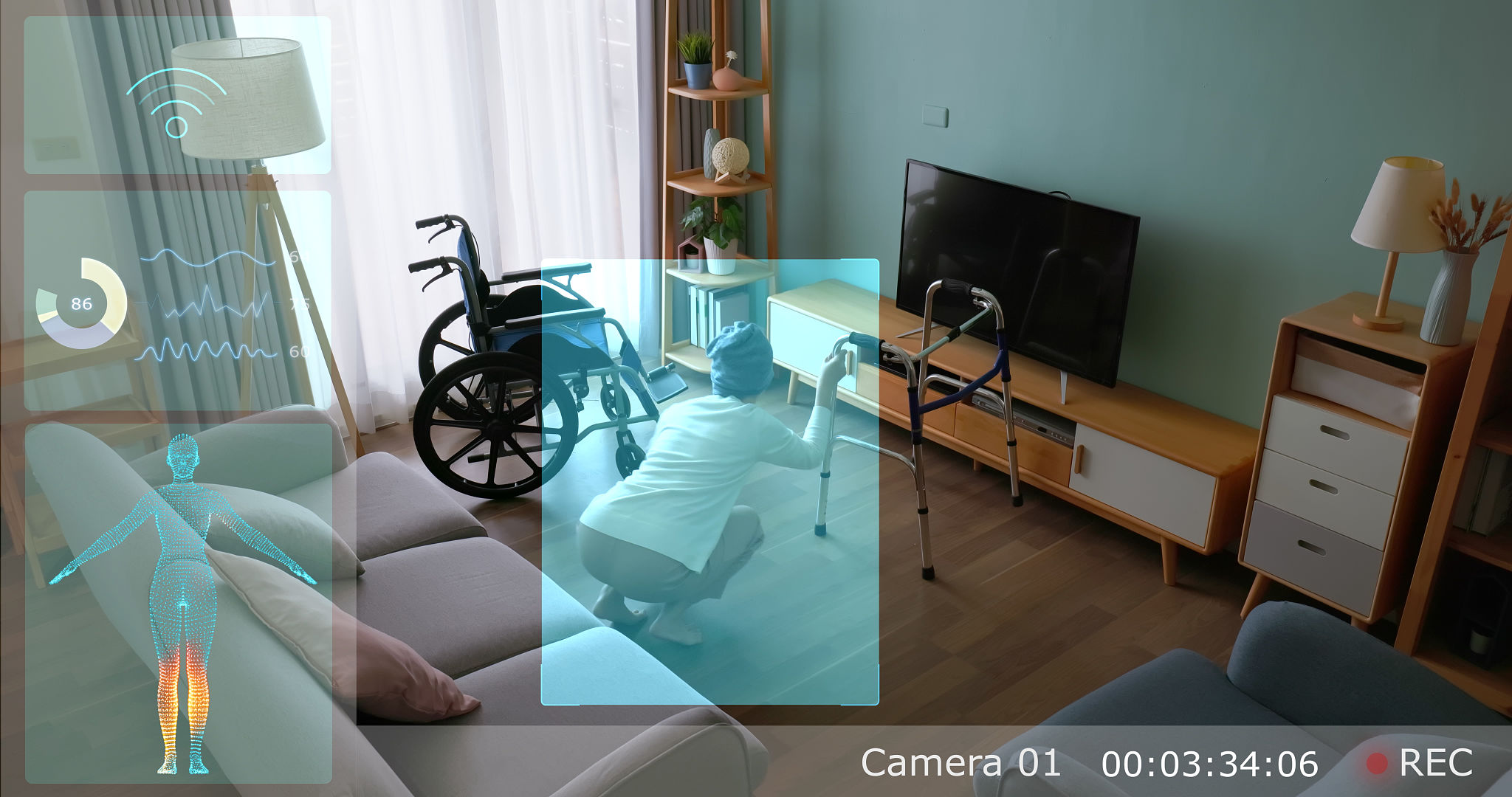Telemedicine vs. In-Person Visits: Which is Right for You?
Understanding Telemedicine
With the rapid advancement of technology, telemedicine has emerged as a convenient alternative to traditional healthcare practices. It allows patients to consult with healthcare professionals remotely, typically via video calls or phone consultations. This method has gained popularity, especially during the recent pandemic when in-person visits posed higher risks. But is telemedicine the right choice for you?
Telemedicine offers several advantages. Firstly, it eliminates the need for travel, saving time and transportation costs. Additionally, it provides access to healthcare services for those living in remote areas where medical facilities are scarce. It also offers flexibility in scheduling appointments, which can be a relief for individuals with busy lifestyles.

When In-Person Visits Are Essential
Despite the benefits of telemedicine, there are scenarios where an in-person visit is irreplaceable. Physical examinations are crucial for diagnosing certain conditions accurately. For instance, doctors need to perform hands-on assessments to detect abnormalities in some cases, which cannot be done through a screen.
Moreover, certain treatments and procedures require the patient to be physically present. Whether it's a vaccination or a minor surgical procedure, in-person visits are necessary to ensure that these interventions are carried out safely and effectively.
Comparing Telemedicine and In-Person Visits
To determine whether telemedicine or an in-person visit is more suitable for you, consider the following factors:
- Urgency: Telemedicine can be ideal for routine check-ups or minor health issues. However, emergencies or severe symptoms require immediate in-person attention.
- Condition Type: Chronic conditions may benefit from regular telehealth monitoring, whereas acute conditions might need a physical examination.
- Accessibility: If you have mobility challenges or live far from healthcare facilities, telemedicine can be a practical solution.
- Technology Comfort: Consider your comfort level and access to technology needed for telemedicine consultations.

The Role of Technology in Healthcare
The integration of technology into healthcare has opened new avenues for patient care. While telemedicine has its limitations, it has paved the way for innovative solutions that enhance healthcare delivery. Wearable devices and mobile health apps are examples of how technology complements both telemedicine and traditional care by providing real-time data that can aid in diagnosis and treatment plans.
As technology continues to evolve, the lines between telemedicine and in-person care may blur further. Hybrid models that combine both approaches could become the norm, offering a balanced solution that leverages the strengths of each method.

Making the Right Choice
Deciding between telemedicine and in-person visits ultimately depends on your individual circumstances. It's important to weigh the pros and cons of each approach while considering your specific health needs. Consulting with your healthcare provider can also provide valuable insights into which method aligns best with your situation.
Remember, whether it's through a screen or face-to-face, receiving timely and effective medical care is the primary goal. By understanding the nuances of both options, you can make informed decisions about your health journey.